-
降低热岛效应和温室效应,实现2030年“碳达峰”与2060年“碳中和”目标,是城市绿地生态系统建设的首要任务。维持城市良好生态环境要求人均公共绿地面积达30~40 m2。草坪是城市绿地生态系统的重要组成部分,具有生态功能、娱乐功能和运动功能[1],通过本底、组成和衬托作用,对提升城市绿化容量、景观特征与精神文明水平具有重要作用。
草坪草依据适合的温度范围分为冷季型和暖季型两大类,温度是影响草坪生长发育及建植养护成本的关键因子[2]。四川盆地为典型的亚热带湿润季风气候,夏季≥30℃约120 d,且高于40℃的酷热天气频现[3],冷季型草坪分生再生能力差、夏眠期长、病害频发,管护疏忽极易使建成草坪1-3年退化殆尽[4]。研究暖季型草种对夏季高温的适应能力,是提升该区城市绿化水平的基本要求。
细叶结缕草(Zoysia tenuifolia)为禾本科结缕草属暖季型草种,具有低矮、纤细、节间短等生物学特征和耐贫瘠、耐践踏、抗干旱、耐盐土、耐低修剪[5]等生态学特性,竞争力、拓展力和分生再生能力强[6],在25-35℃的正常养护下,生长旺盛,极易形成低矮、致密草层[7]。根据亚热带季风气候区夏季超高温持续30 d左右的特点,设置5个高温梯度,对细叶结缕草幼苗进行30 d(2 h/d)的高温冲击处理后,通过测定形态指标、生理指标和生物量,分析细叶结缕草对高温的适应能力和应对策略。为亚热带湿润季风气候区的暖季型草坪建植、养护、管理提供依据。
-
以细叶结缕草(Zoysia tenuifolia cv.Taiwan2)为材料。采用高40 cm、口径30 cm塑料花盆,紫色土:腐殖土2:1为基质。
于2021年7月,均匀播种15盆,于28±5℃的室内培养2对真叶后,定苗40株/盆,3盆1组,分别移入温度为36℃、38℃、40℃、42℃、44℃的人工气候培养箱(光照强度1300Lux,相对湿度32%),每天13:00-15:00进行高温处理2 h,处理30 d后进行测定。
-
构件性状:随机选10株,测定单株自然高度、分蘖数、叶片数、叶片厚度,用托普YMJ-C型叶面积仪测定总叶面积。
叶绿素含量[8]:随机剪取成熟健康叶片0.2 g,采用乙醇丙酮混合提取法,测定叶绿素a和叶绿素b含量。
生理活性指标[8-9]:随机剪取成熟健康叶片各0.2 g,采用氮蓝四哇法测定超氧化物歧化酶(SOD)活性,采用愈创木酚法测定过氧化物酶(POD)活性,采用紫外吸收法测定过氧化氢酶(CAT)活性,采用硫代巴比妥酸法测定丙二醛(MDA)含量,采用酸性茚三酮法测定脯氨酸(Pro)含量。
生物量:倾盆,分离,清洗植株,随机20株,分离地上与地下部分,分别装袋,105℃下烘至恒重后称重,计算总生物量和根冠比。
-
用SPSS 19.0进行多重比较、方差分析等数据统计,并用Duncan法对各参数进行显著性检验。
-
高温冲击对细叶结缕草地上形态指标均有显著影响(见表1) (P<0.05)。随冲击温度升高,株高和分蘖数逐步下降(P<0.05),叶片厚度增加,叶片数和总叶面积减少。细叶结缕草适温为25-35℃,36℃冲击对形态指标影响最小。38℃除分蘖数外,株高、叶厚、叶数、总叶面积均低于36℃。40℃冲击下分蘖数、叶片数和总叶面积比36℃分别下降49.01%、44.49%和52.48%。42℃的分蘖数和叶片数与40℃和44℃差异较小。44℃下株高、分蘖数、叶数、总叶面积仅为36℃的76.69%、34.73%、45.69%和27.13%。高温冲击对细叶结缕草形态指标影响大小为总叶面积>分蘖数>株高>叶数>叶厚。
温度
Temperature
(℃)株高
Vertical height
(cm)分蘖数
Tiller number
(number/plant)叶片厚度
Leaf thickness
(mm×10-2)叶片数
Leaf number
(number/plant)总叶面积
TotalLeafarea
(cm2/plant)36 17.25±0.05a 6.45±0.12a 10.22±0.02d 19.33±0.65a 32.36±0.25a 38 15.64±0.12b 5.69±0.35a 12.01±0.25c 16.24±0.24b 28.25±0.21b 40 14.16±0.08c 3.29±0.12b 12.35±0.32c 10.73±0.25c 15.38±0.25c 42 12.58±0.25d 2.97±0.08bc 12.85±0.05b 9.41±0.26cd 12.68±0.34d 44 13.23±0.03c 2.24±0.15c 13.88±0.08a 8.83±0.25d 8.78±0.08e F 15.241 33.513 8.847 14.181 55.463 P <0.001 <0.001 <0.001 <0.001 <0.001 注:同列不同小写字母表示温度间差异显著(P<0.05)。F值表示F检验的显著性,F越大表示越显著,P值表示概率值。下同。Note: Values in a same column with different lowercase letters indicate significant difference in temperatur (P<0.05). F value indicate the significance of the F test, with greater F value means the more significant, and P value indicates the probability value. The same mean on below tables. Table 1. Effects of high temperature shock on morphological characteristics of Z. tenuifolia seedlings
-
高温冲击对结缕草总生物量和根冠比有显著影响(见表2) (P<0.05)。随冲击温度升高,总生物量和根冠比逐步下降。36℃和38℃的总生物量和根冠比差异较小(P>0.05),40℃总生物量和根冠比显著低于36~38℃,而大于42~44℃,42℃和44℃间几无差异。大于40℃高温显著影响生物量累积和分配,生物量优先向地上部分分配。
温度
Temperature
(℃)叶绿素
a CHL a (mg/g)叶绿素
b CHL b (mg/g)叶绿素
a/b CHL a/b总生物量
Total biomass (g)根冠比
Root to shoot ratio36 14.26±0.05a 4.12±0.04a 3.46±0.03a 3.45±0.04a 0.34±0.03a 38 13.21±1.01b 3.81±0.32ab 3.47±0.04a 3.42±0.03a 0.33±0.02a 40 12.32±0.29d 3.76±0.09b 3.28±0.11b 2.56±0.01b 0.28±0.01b 42 12.72±1.07cd 3.78±0.12b 3.37±0.09b 2.18±0.08c 0.22±0.01c 44 13.17±0.54c 3.96±0.12a 3.33±0.04b 2.12±0.11c 0.22±0.02c F 5.612 4.124 4.223 9.321 8.354 P 0.015 0.028 0.034 <0.001 <0.001 Table 2. Effects of high temperature shock on chlorophyll content and biomass of Z. tenuifolia
-
高温冲击对叶绿素含量产生显著影响(见表2)。随冲击温度升高,叶片中的叶绿素a和叶绿素b含量先减少后增加(P<0.05)。38~44℃下叶绿素a和叶绿素b含量均低于36℃,≥38℃叶绿素a和≥40℃叶绿素b显著低于36℃。40℃叶绿素a和叶绿素b含量最低,44℃下叶绿素a和叶绿素b均有增加。温度显著影响叶绿素a/b,但≥40℃后叶绿素a/b无差异。高温冲击对叶绿素a的影响大于叶绿素b。
-
高温冲击对抗性物质含量均产生显著影响(见表3) (P<0.05)。随冲击温度升高,SOD、POD活性和MDA、Pro含量均呈增加趋势,CAT活性则先降低后增加。36℃下SOD、POD活性和MDA、Pro含量显著低于其他温度,≥38℃冲击几种生理抗性物质含量的变化幅度不同,38~42℃下SOD活性差异较小(P>0.05),38℃和40℃的CAT活性和MDA含量差异较小。44℃时3种酶活性和MDA、Pro含量达最大值。高温冲击对抗性物质影响大小为MDA>POD>SOD>Pro>CAT。
温度
Temperature
(℃)超氧化物歧化酶
SOD Activity
(U/min∙g)过氧化物酶
POD activity
(U/min∙g)过氧化氢酶
CAT activity
(U/min∙g)丙二醛
Soluble MDA
(μmol/g)游离脯氨酸
Free Proline content
(ug/g)36 163.57c 167.55e 42.12a 20.14c 16.52d 38 182.64b 182.11d 39.02ab 20.68c 20.42c 40 187.62b 198.47c 36.58b 21.47c 22.15b 42 184.16b 273.29b 32.85c 29.41b 22.68b 44 213.23a 321.23a 43.88a 38.83a 28.38a F 24.827 39.324 11.267 40.616 13.651 P <0.001 <0.001 <0.001 <0.001 <0.001 Table 3. Effects of high temperature shcok on resistant substance of Z. tenuifolia
-
亚热带湿润季风气候区夏季>35 ℃天气频现,路面短期可达70 ℃[10],超过细叶结缕草20~30℃适温,高温胁迫成为影响该草安全越夏的主要因素。植物常通过构件分化和发育过程,改变生长状况、构件性状、生物量配置方式等表型可塑性来适应胁迫生境[11]。5个高温梯度下,株高和分蘖数及叶片性状差异显著,表明细叶结缕草具有极强的表型可塑性和生境适应策略。温度通过改变植物体内酶的组成、比例与活性,影响植物的光合、呼吸、蒸腾作用等代谢过程[12],改变有机物的合成、运输和累积速度,有限资源在抵御、生存、生长及生殖等功能间权衡分配[13]。通过降低,减少蒸腾作用对水分消耗,其中总叶面积对高温梯度最敏感。通过降低株高和分蘖数,减少空间拓展和无性繁殖投入,为抵御功能提供了可能。
光合作用是植物一切生命活动的能量来源,高温冲击减少叶片数和总叶面积,降低植株的光合面积。同时高温冲击显著影响吸收光能的Chla含量和传递光能的Chlb含量,≥38℃降低Chla含量,≥40℃降低Chlb含量,说明高温首先影响光能吸收,再影响光能传递和转化。44℃时Chla和Chlb含量反而增加,表明生存是该温度下细叶结缕草的首要任务,光合叶面积仅为27.13%的基础上,通过增加叶厚、提高叶绿体密度,为维持生命活动所需光合作用提供了色素保障。但≥40℃后Chla/Chlb保持相对平衡,以保证完成光合作用和提升同化效率。
温度过高引起植物呼吸作用增强,蛋白质凝固、有害代谢产物累积[14],植物可通过系统性的生理生化反应,调节激素、渗透调节物质含量[13],改变抗氧化系统及细胞超微结构[15],抵御或降低高温造成的伤害。高温冲击使叶内SOD、POD活性和MDA、Pro含量增加,表明细叶结缕草具有极强的生理调节和整合能力。但≥38℃冲击的几种生理抗性物质变化幅度不同,说明应对不同高温的生理反应不同。抗氧化系统3种酶活性的变化顺序和增长幅度受植物种类、植物抗性、胁迫强度等诸多因素的影响[13]。在38~42℃下,使O2–转化为H2O2和O2的SOD活性差异较小,且主要通过POD而非CAT分解H2O2,与狗牙根(Cynodon dactylon)和马尼拉草(Zoysia matrella)应对胁迫不尽相同[16]。高温冲击对MDA影响最大,但MDA既是调节细胞压的小分子物质,又是膜脂受伤害的产物[13],关于MDA对细叶结缕草具体功能,待于深入研究。
综上,研究模拟夏季最热月中午温度特点,持续30 d进行2 h的高温冲击,结果表明高温冲击对细叶结缕草生长、生理均有影响,细叶结缕草具有极强的形态可塑性和生理调节能力,依据冲击温度采用相应的应对措施和适应策略,可在36~44℃间隙性高温冲击下存活。≥40℃高温冲击6 d结缕草开始出现叶片卷曲与脱落现象,可见高温冲击降低叶数和叶面积,限制分蘖数为基础的分生再生能力,降低叶绿素含量为基础的光合作用,增加抵御功能物质能量投入,势必影响细叶结缕草草坪的外观、使用和生态质量。尤其≥40℃高温冲击显著降低生物量,且生物量优先向地上部分分配,使根冠比降低,根系发育与更新受阻,30 d冲击分蘖停滞、生长停止、叶面积仅剩1/4,必将对细叶结缕草草坪抗逆性和寿命带来威胁。结缕草不仅受夏季高温强度直接冲击,也受高温持续时间与高温引起干旱及病害的胁迫,故提前制订养护技术方案,适时适宜适度采用养护措施,是亚热带湿润季风气候区细叶结缕草草坪安全越夏的基本要求。
Effects of high temperature shock on growth and physiological response of Zoysia tenuifolia seedlings
doi: 10.12172/202310220001
- Received Date: 2023-10-22
- Available Online: 2023-11-30
- Publish Date: 2024-04-25
-
Key words:
- Zoysia tenuifolia /
- high temperature /
- turfgrass /
- physiology /
- growth strategy
Abstract: Based on the climate characteristics of subtropical regions, five high temperature gradients (36℃, 38℃, 40℃, 42℃, 44℃) were set up to shock Zoysia tenuifolia seedlings for 30 days (2 h/d). The effects of the shocks on growth and physiological response of Z. tenuifolia seedlings were studied by measuring plant height, tiller number, leaf area, biomass, chlorophyll and physiological active substance content. The results showed that: (1) High temperature shock significantly affected the morphological indicators, with plant height, leaf number, and total leaf area decreased at ≥38℃, but tiller number decreased at ≥40℃. The impact on morphological indicators was as follows: total leaf area>tiller number>plant height>leaf number>leaf thickness. (2) High temperature shock significantly affected biomass accumulation and distribution, when ≥40℃ total biomass and root to shoot ratio decreased, with biomass preferentially distributed to the aboveground portion. (3) High temperature shock significantly affected chlorophyll content, with a decrease in chlorophyll a content at ≥ 38℃ and a decrease in chlorophyll b at ≥40℃,but chlorophyll a/b was less affected. (4) High temperature shock significantly affected physiological substances. The higher the temperature was, the greater the activity of SOD and POD was, as well as the content of MDA and Pro. The magnitude of the impact was MDA>POD>SOD>Pro>CAT. The response of resistant substance content to different high temperatures varies greatly. In summary, high temperature shock affected the growth, meristem, and photosynthetic capacity of Z. tenuifolia. By regulating resistant substances to resist high temperature damage, it can withstand 44℃ high temperature shock and safely survive the summer.






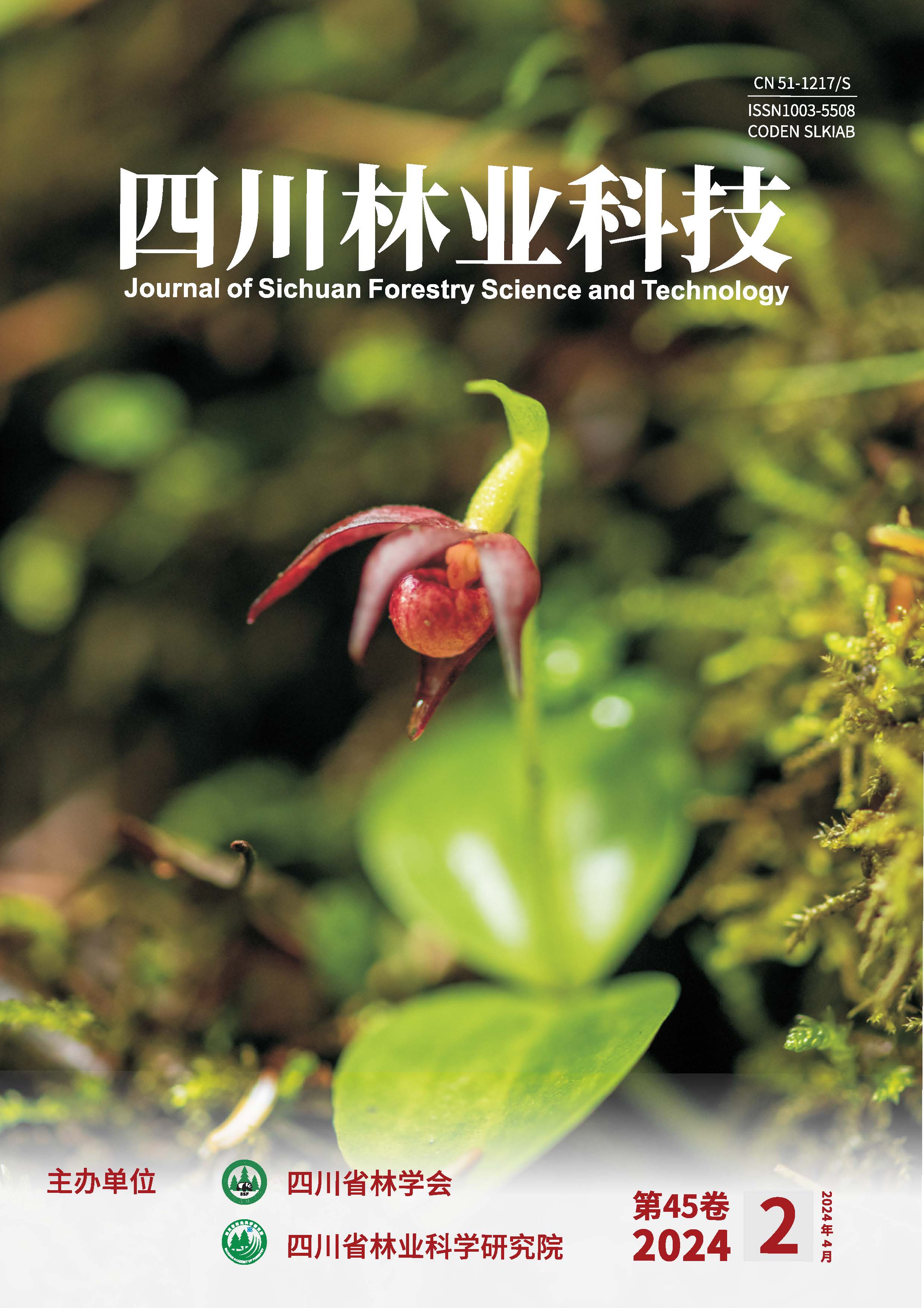




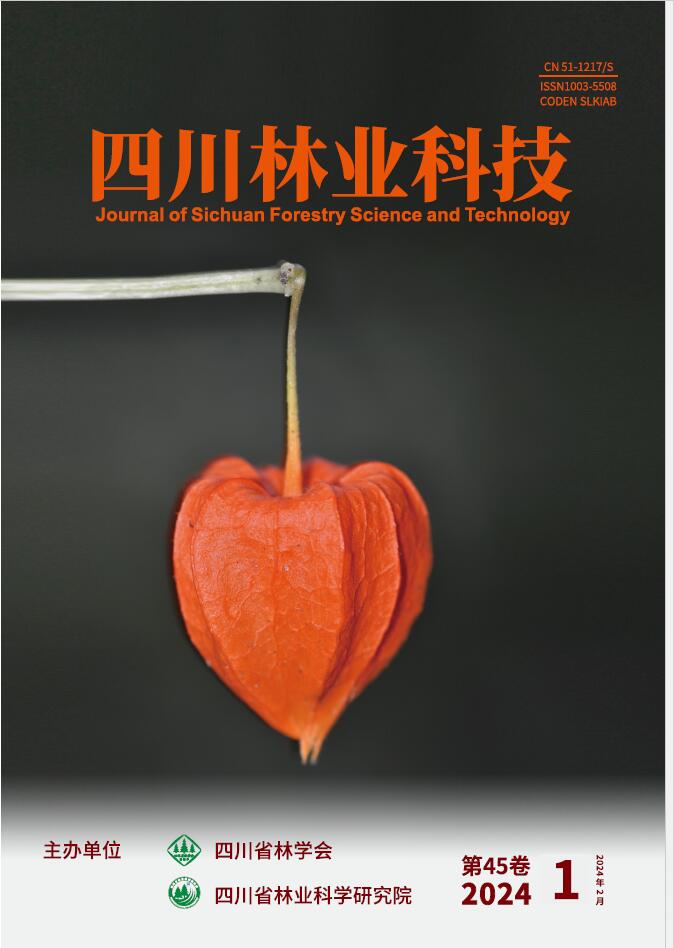
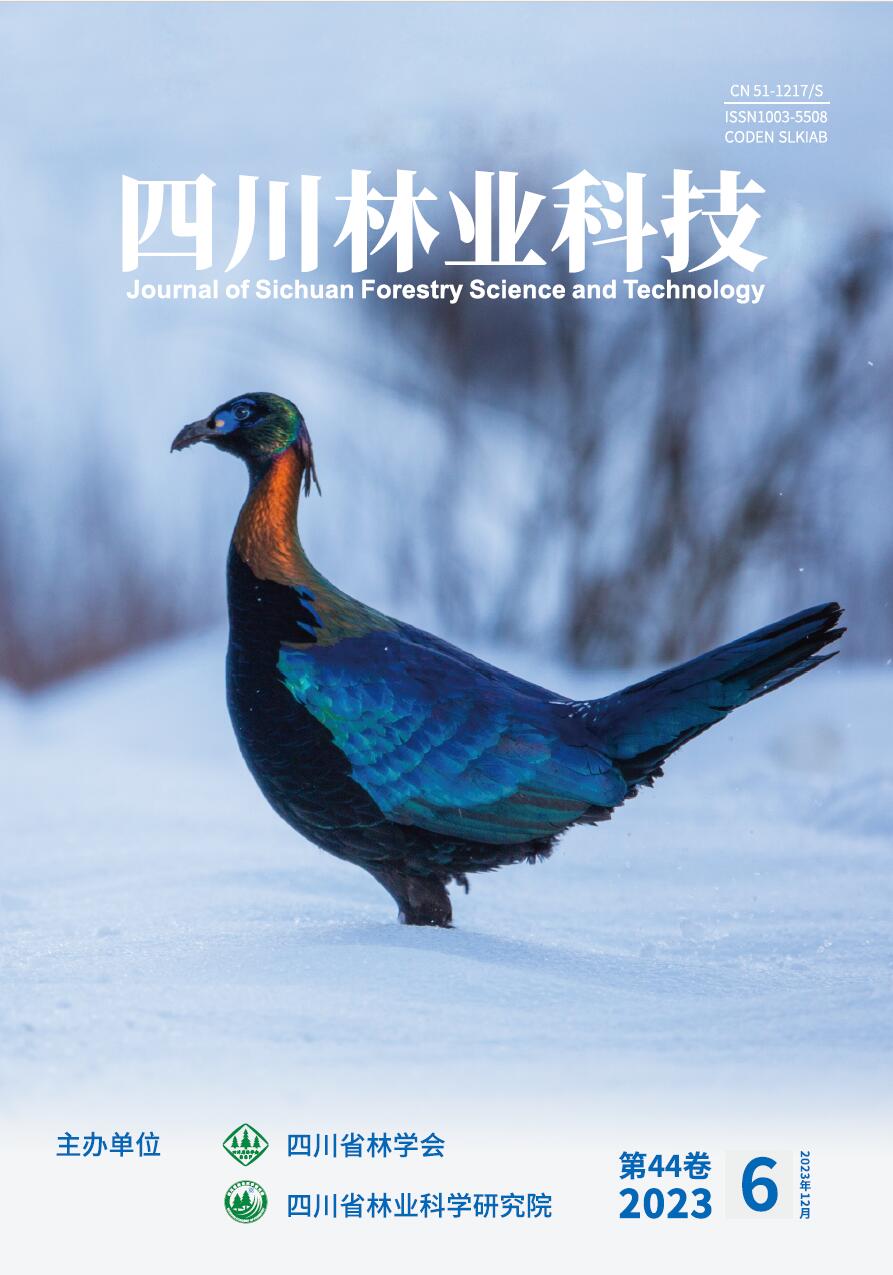
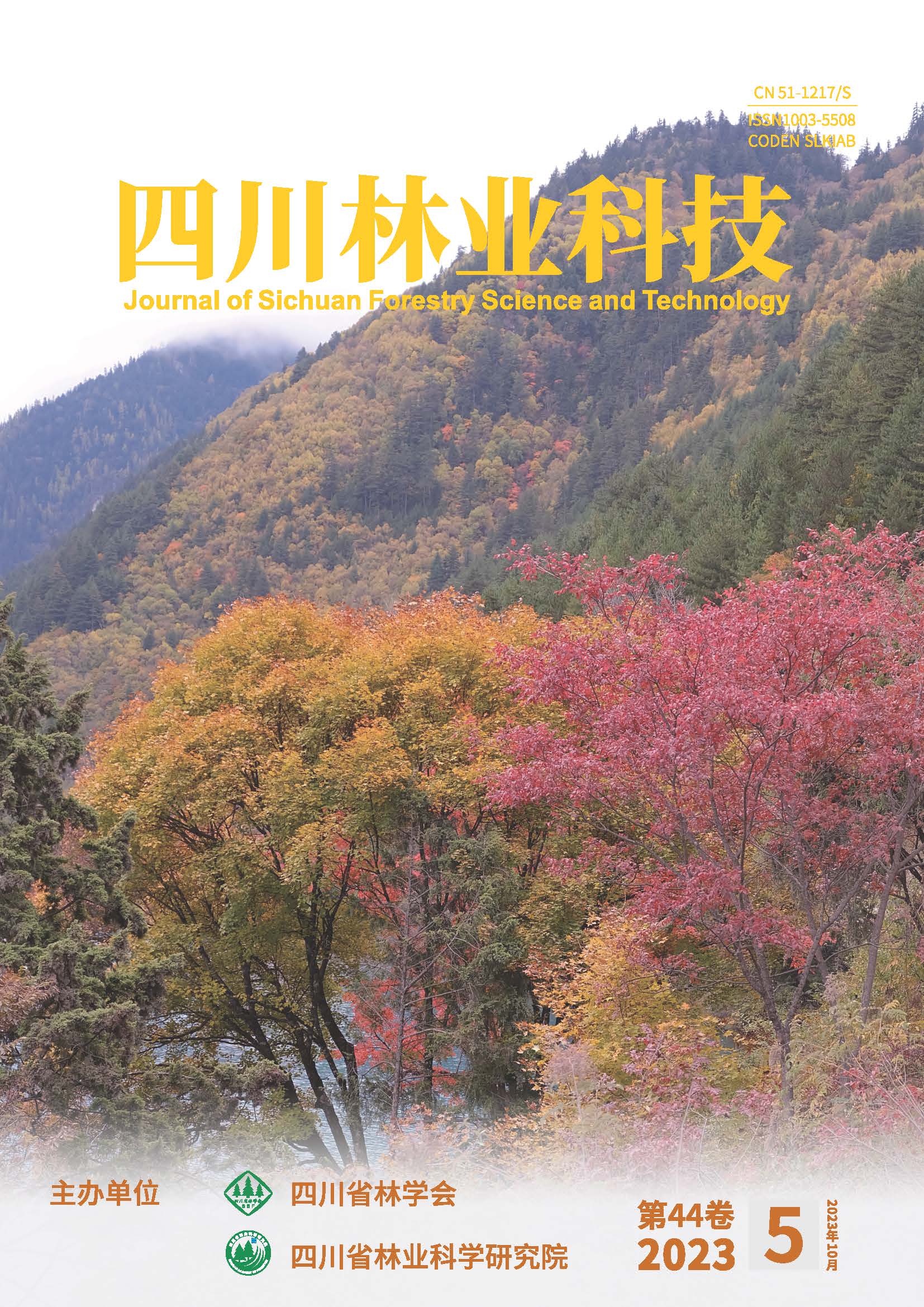
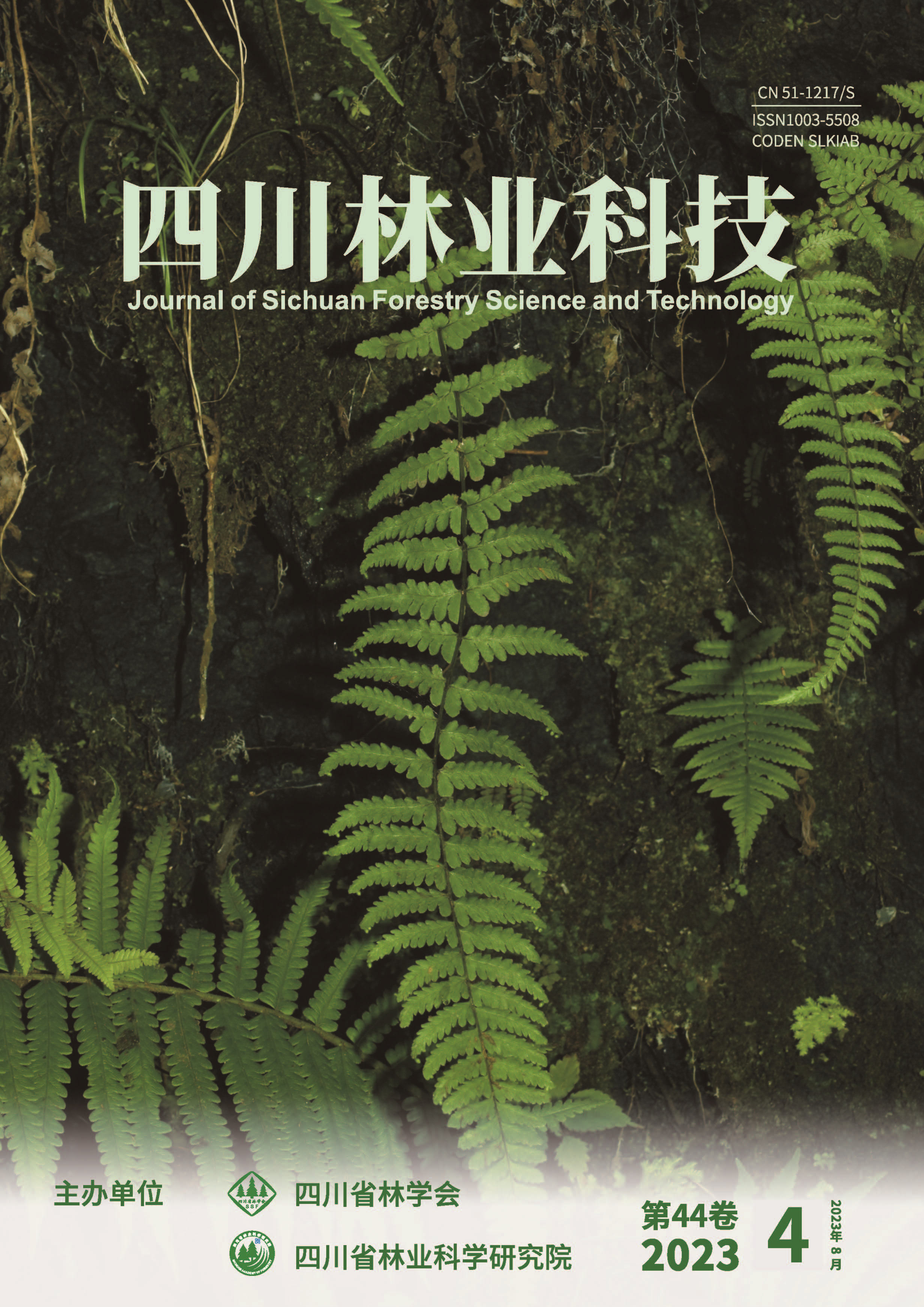
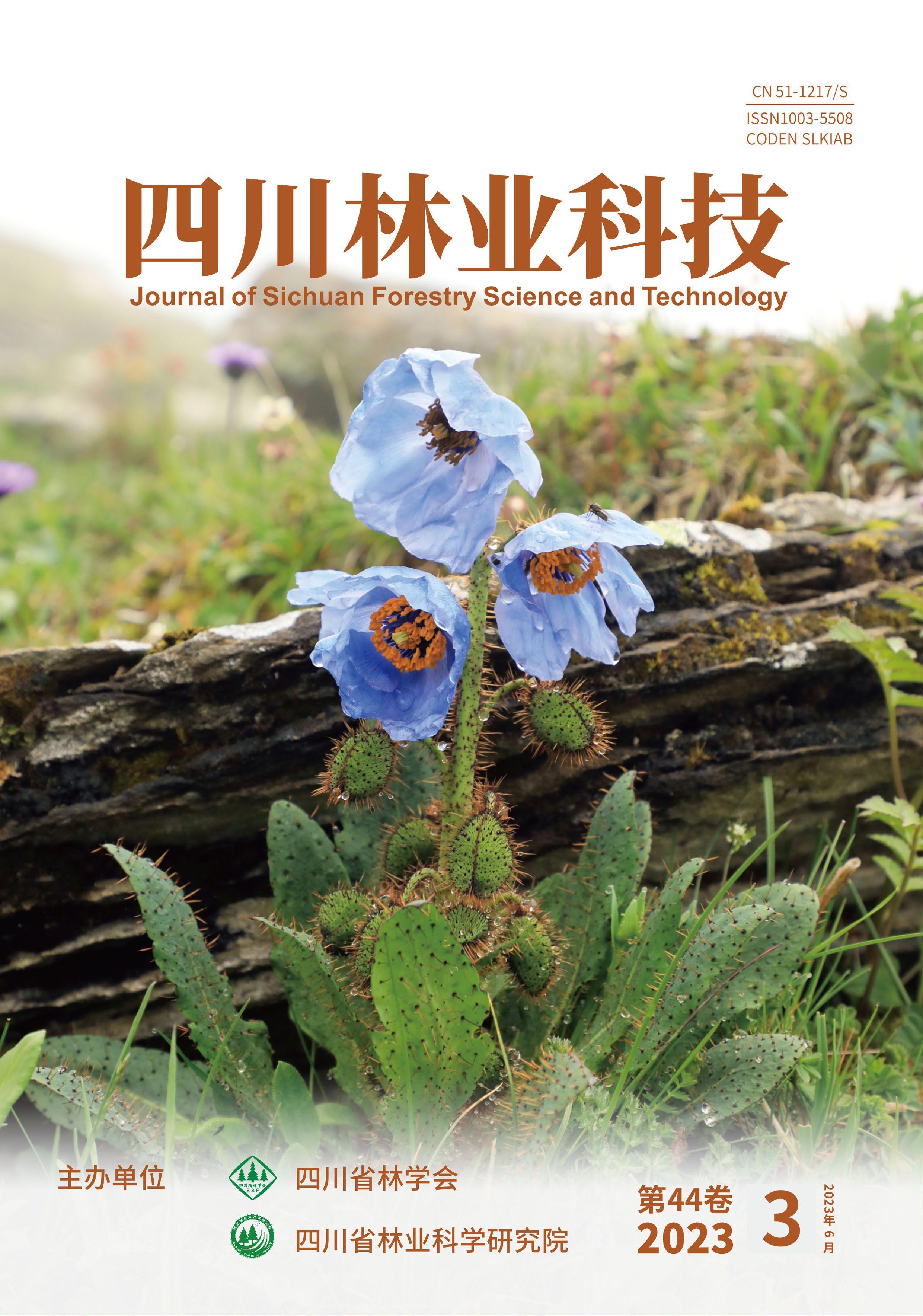
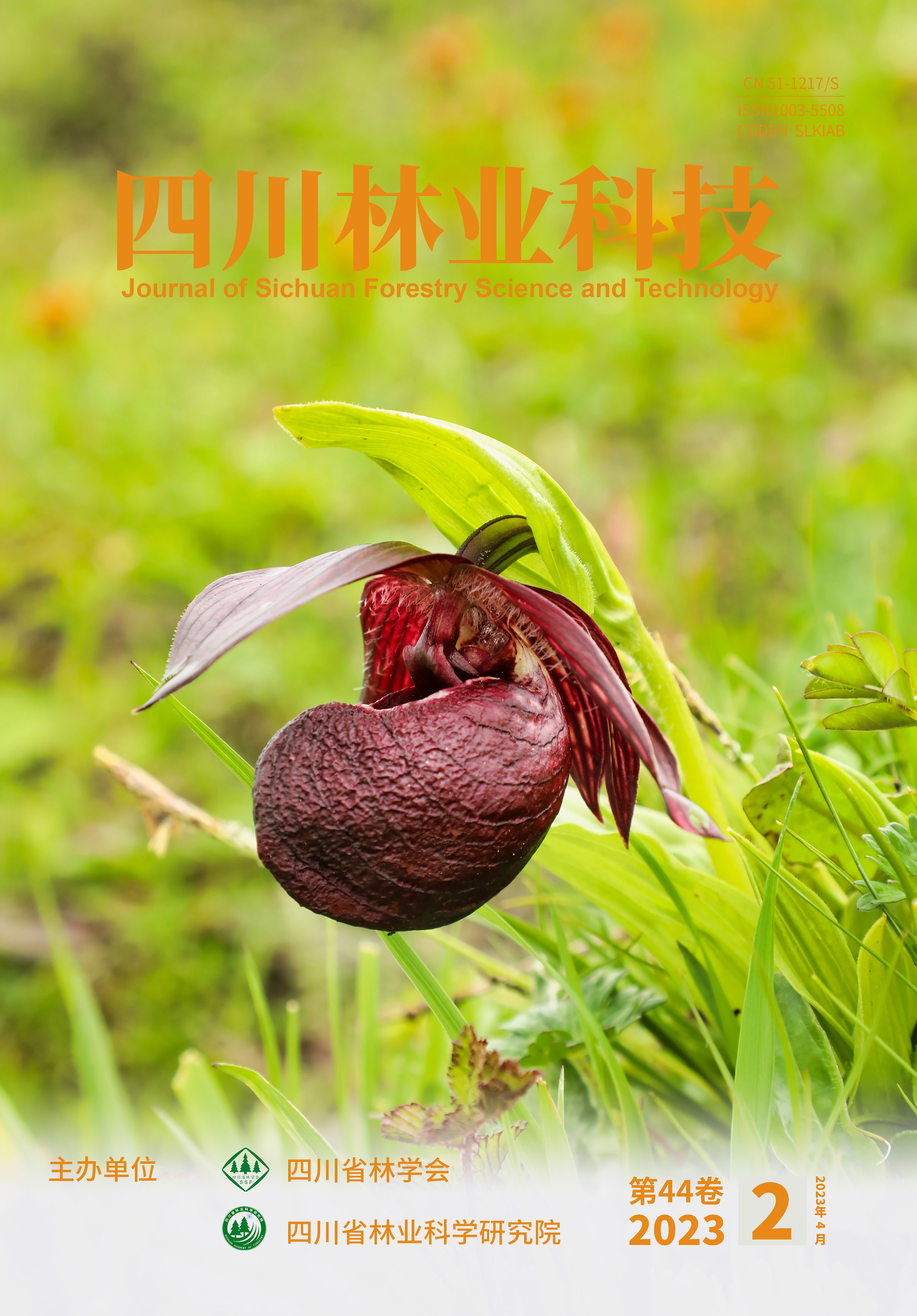
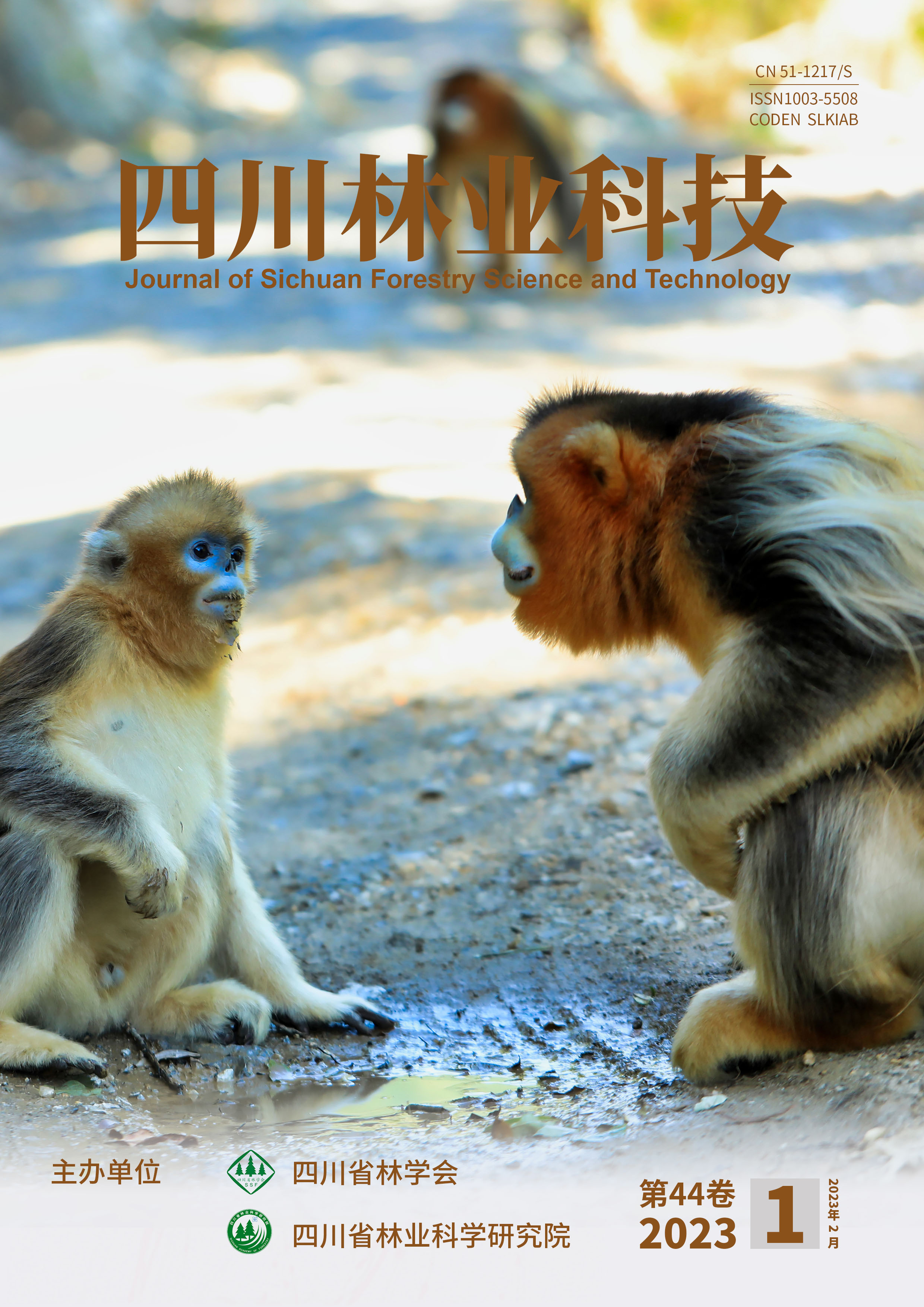


 DownLoad:
DownLoad: